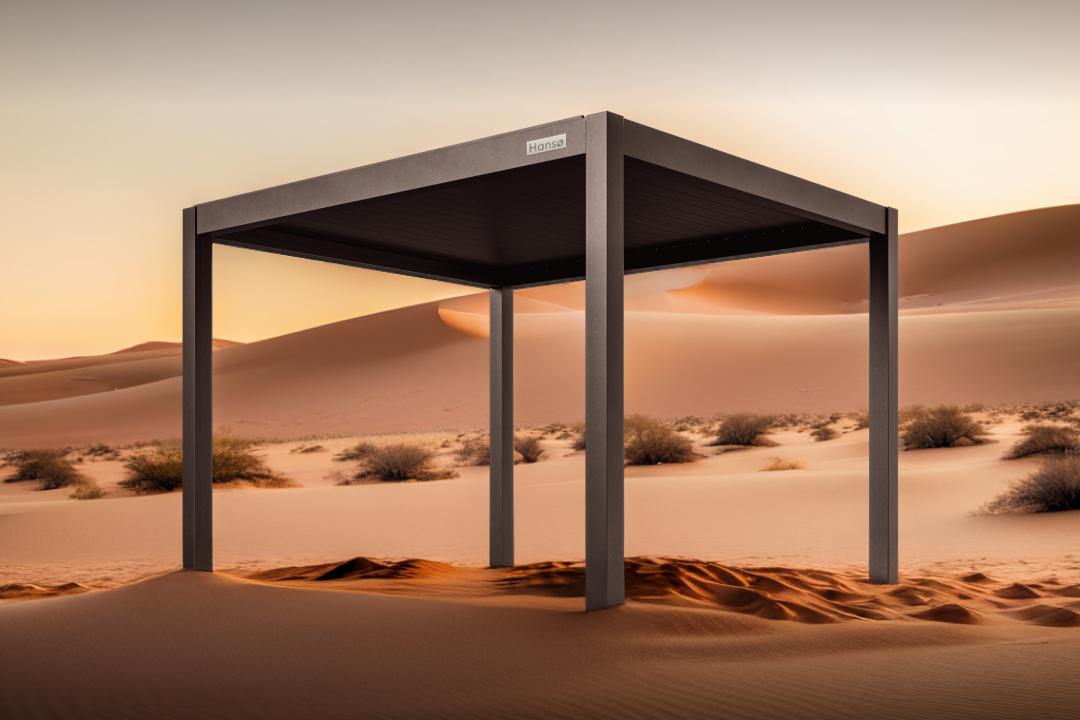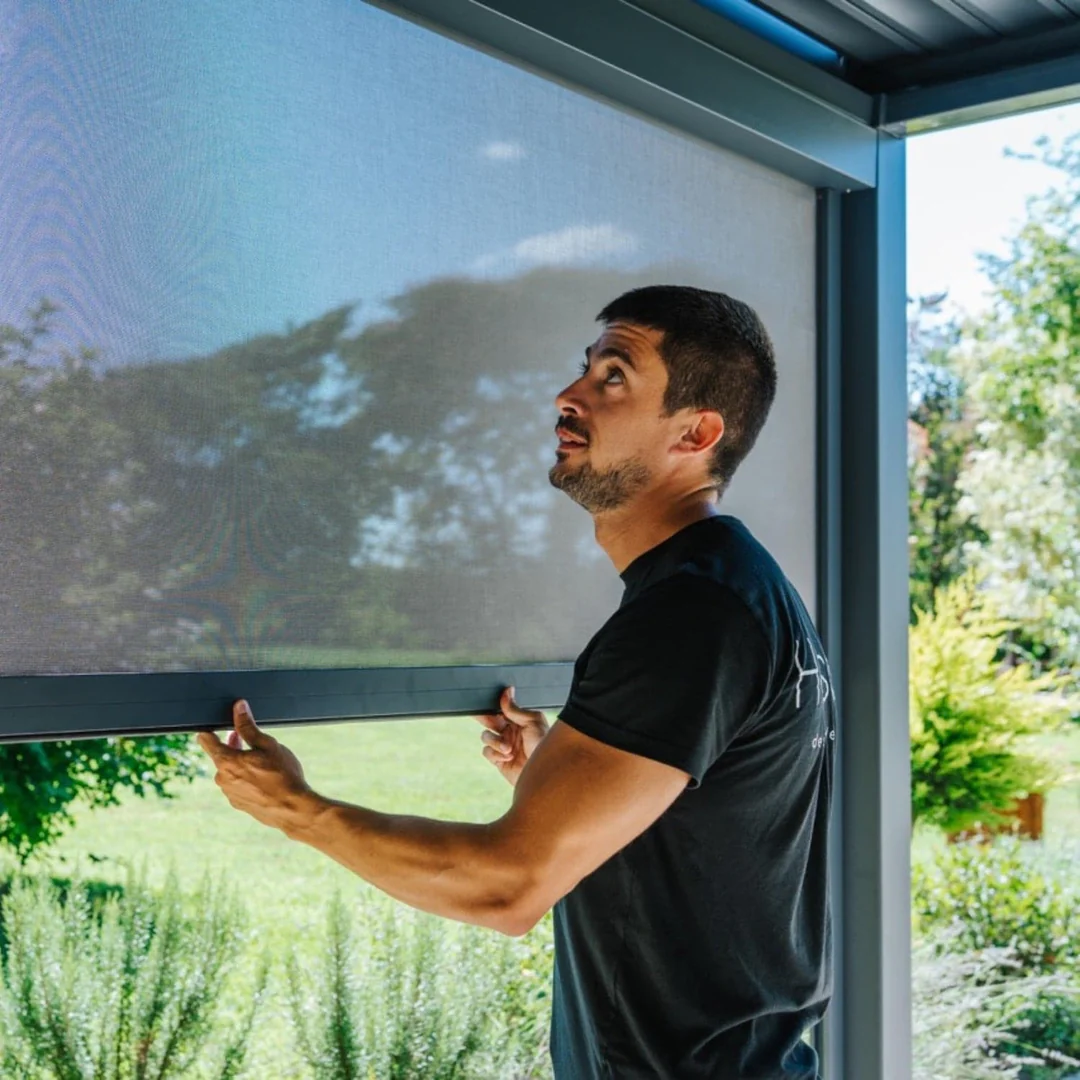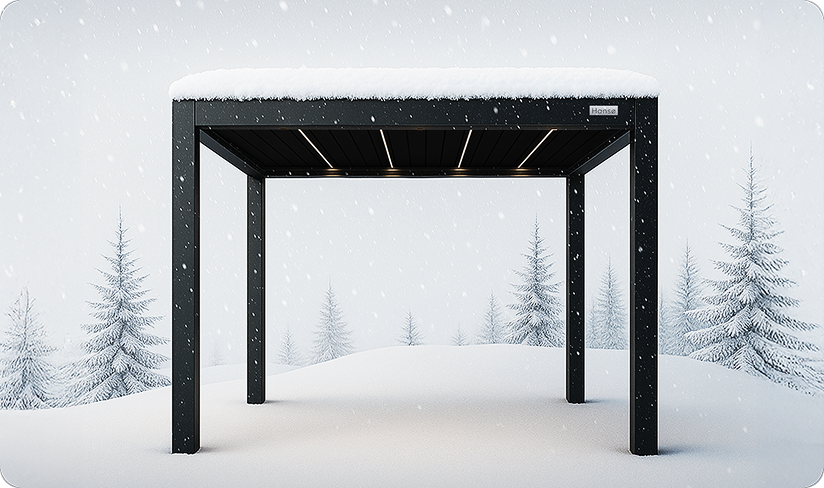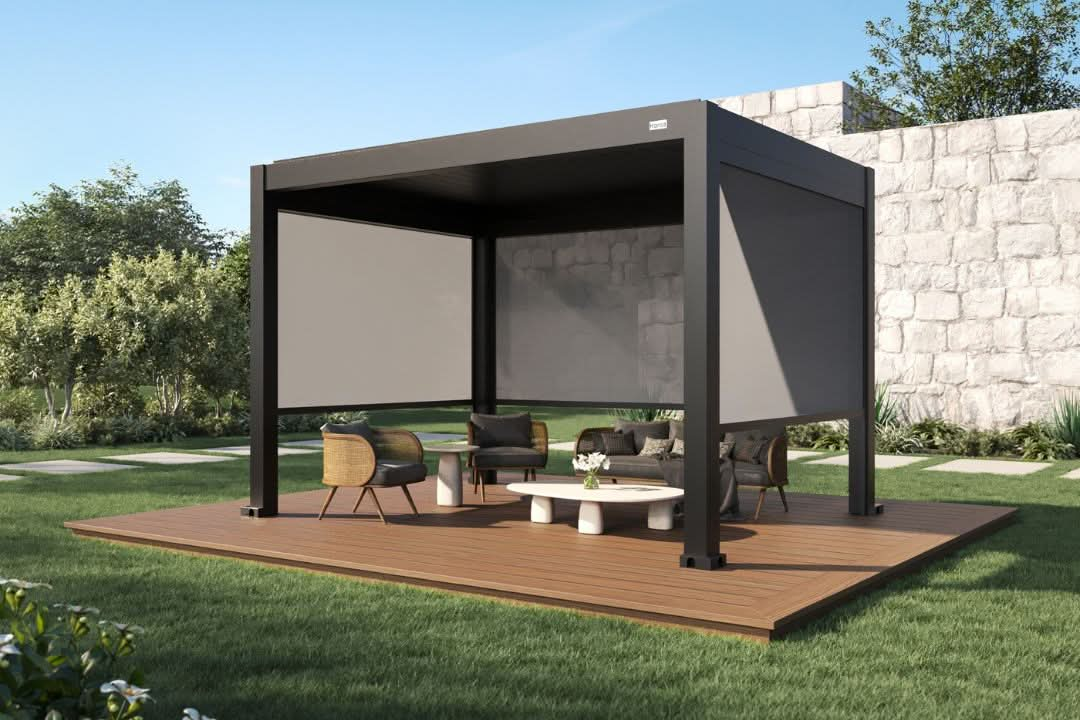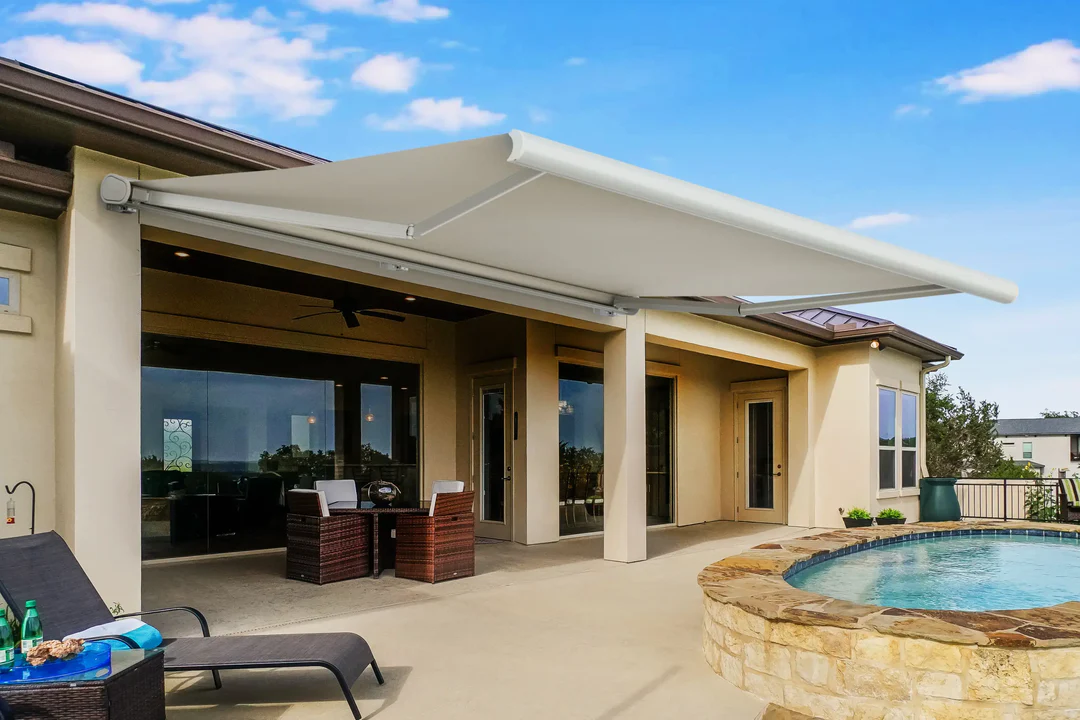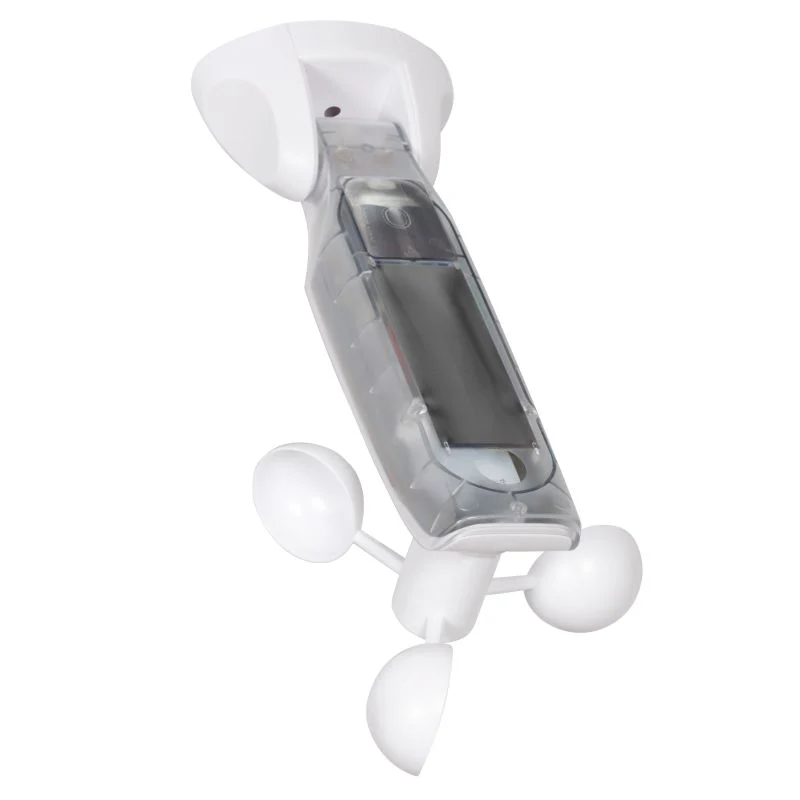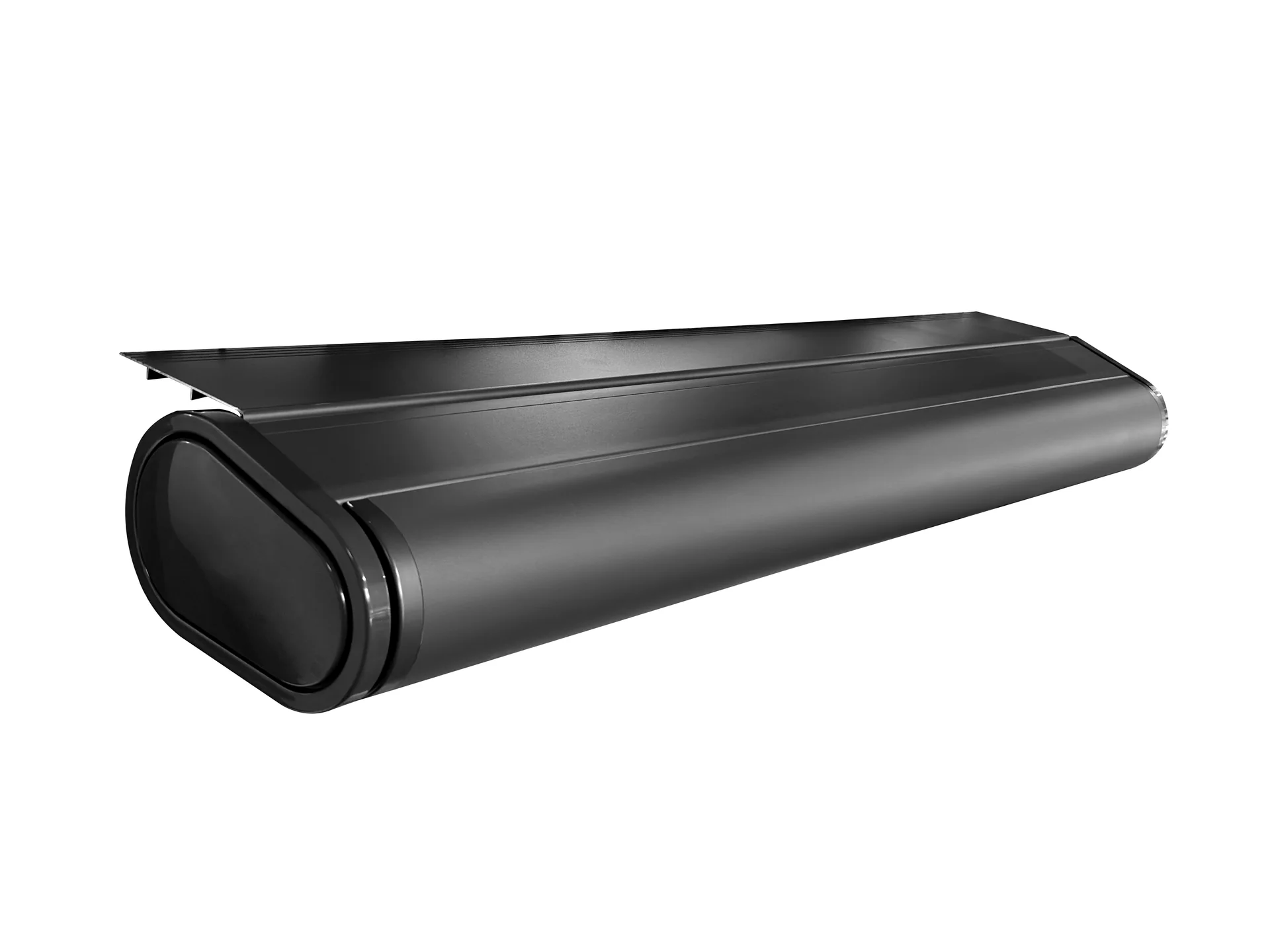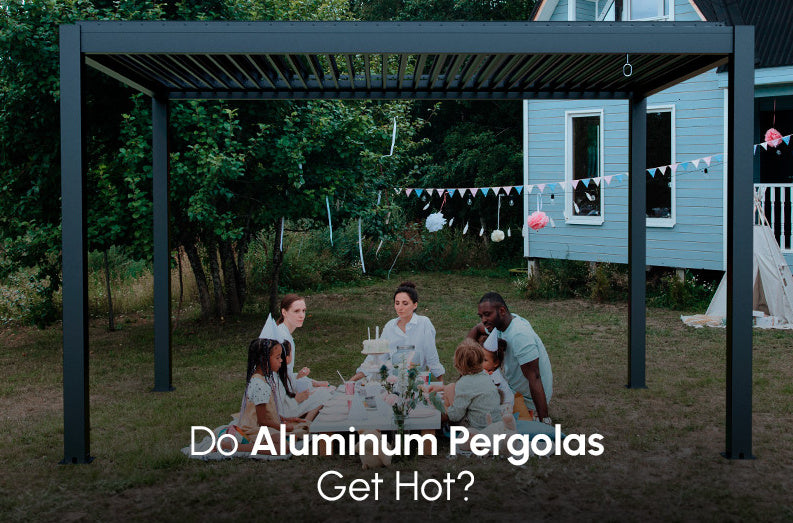Are Pergolas Waterproof? How To Protect From Rain
Pergolas are a popular choice for outdoor spaces, but a common issue many homeowners face is their water resistance.
One crucial question often arises: are pergolas waterproof?
Not all pergolas are waterproof, which can be a concern in regions with frequent rainfall.
Rain pouring through the roof can lead to discomfort and potential damage to the furniture beneath. Plus, continuous exposure to moisture can degrade the structure over time.
These concerns highlight the importance of exploring different materials and roofing options that can adequately protect your pergola from rain and adverse weather conditions.
Discover how certain pergolas can provide reliable protection against rain ensuring you can enjoy your outside space with peace of mind.

Are Pergolas Truly Waterproof?
The primary design and purpose of a pergola is geared more toward providing shade and aesthetic appeal. However, contrary to popular belief, a standard pergola isn't exactly waterproof.
This is because most pergolas don't have a conventional roof. Instead, their unique open-top design, often with a slotted or louvered roof structure, defines them and limits their ability to offer complete protection from the rain.
Well, but with the new roofing options the waterproofing lies in the type of pergola opted.
Here's the kicker:
Consider aluminum pergolas with a retractable louvered roof. When closed, these louvers function as a waterproof pergola, providing excellent protection against rain to your patio and furniture beneath.
When it starts to rain, you can simply close the slats of a louvered pergola. With a simple adjustment. This turns it into a rain shield. So, even when it's raining, you can still stay under the pergola and enjoy your outdoor area.
In contrast, a pergola canopy, although designed to offer some protection against the rain, might struggle to keep your outside space completely dry during heavy downpours and will require periodic replacements as well.
Comparing different pergola materials, aluminum louvered pergolas clearly stand out for their water resistance.
Unlike wooden pergolas, which are often treated for water resistance but can still deteriorate with continuous rain exposure, aluminum, fiberglass pergolas maintain their structure and appearance, offering a longer-lasting solution.
How to Make Pergolas Waterproof?
Making your pergola waterproof might seem like a tough task, but with the right steps, it's definitely doable.
Let's look at some practical ways to help you build a pergola that holds up, even in the pouring rain.
Choose the Right Materials

A traditional pergola like a simple wood pergola is not often designed and made to withstand high moisture for a long time. But not all pergolas are designed and made this way.
Materials like aluminum are known for their water-resistant properties, making them ideal for pergola frames and roofs.
These materials outperform traditional wood and can withstand torrential rain, wind, and other weather elements.
Opt for a Maneuverable Louvered Roof
A louvered pergola roof can transform your pergola into a rain-resistant heaven. When it starts to rain, you can simply close the slats of a louvered pergola.
With a simple adjustment, you can close the louvers to create a solid, waterproof roof.
This protects your backyard, letting you enjoy your patio, deck, garden even in the rain, or place it near the pool.
Add a Waterproof Canopy or Cover
If you are looking for other options than a maneuverable louvered installing pergola canopies waterproof could also be a plausible solution.
These durable additions, crafted from water-resistant materials and fabrics, like polyester, polyethylene, vinyl, serve as a specific pergola rain cover, offering extra protection and enhancing your pergola weather resistance.
Additionally, you can use a sturdy tarp or specialized outdoor cover designed to repel water and fit securely over your pergola structure, further safeguarding your outside space from the elements.
However, the addition of a waterproof canopy or cover on a pergola can lead to a decrease in natural airflow, resulting in a potentially stuffy or stagnant environment.
In addition, the cover itself may require periodic inspections and repairs to address any wear and tear, ensuring its effectiveness and longevity.
The increased maintenance demands can add to the overall time and effort required to maintain the pergola and its cover.
Consider a Retractable Pergola
If you want the option of a fully open or closed roof, consider a retractable pergola.
These have canopies on their sides that can be extended downwards during rain or retracted during sunny weather, offering you protection and flexibility for your outdoor area.
Seal Wood Pergolas
If you have chosen a wooden pergola, consider sealing it with water-resistant materials and chemicals. While wood is not naturally waterproof, a good seal can enhance its resistance to rain and extend its lifespan.
Applying a waterproof sealant or wood preservative can create an additional barrier against moisture, preventing water penetration and reducing the risk of leaks.
Therefore, making your pergola waterproof not only protects your outside space but also ensures your pergola can withstand the test of time and weather.
What is the Best Waterproof Roof for a Pergola?

Four possibilities stand out when it comes to picking the best roof solutions for a pergola to give rain protection in your outdoor space.
- A louvered roof is one of these alternatives, and it provides the ideal balance of usefulness and aesthetic. You can easily manage the amount of sunlight and rain that enters your pergola with its adjustable slats, ensuring maximum comfort.
- Polycarbonate roofing is also a fantastic alternative because it is lightweight, robust, and enables natural light to pass through while keeping rain out.
- A solid roof constructed of materials such as metal or shingles is a traditional option that provides total coverage and protection against rain showers.
- Finally, a fiberglass pergola roof offers durability and low maintenance, making it an ideal long-term solution.
Each of these solutions has its own set of benefits, so choose the one that best meets your demands and complements the beauty of your pergola.
How to Protect the Pergola from Rainwater Damage?

Rain can not only cause damage to the pergola frame itself but also make the area underneath it uncomfortable and unusable.
If you are living in a region that receives frequent downpours then you have to keep a few things in mind.
To protect your custom pergola from rain and ensure it remains a functional and inviting outdoor area, it's important to implement a few key steps.
-
Proper Drainage System: Along with selecting the right materials and roof design, incorporating a well-designed drainage system is essential for protecting your pergola from rain. Ensure that your pergola has adequate gutters, downspouts, and drainage channels to redirect water away from the structure effectively.
This helps prevent water buildup and potential damage to the pergola's foundation or surrounding areas. -
Seal Gaps and Joints: To enhance the rain protection of your pergola, seal any gaps or joints in the structure. This includes sealing gaps between roof panels, along the edges of the roof, and at connection points.
Using weatherproof sealants or caulking helps create a watertight seal, preventing rainwater from seeping through and ensuring a dry and comfortable space beneath your pergola.

-
Consider Side Panels or Curtains: With the addition of side panels or curtains (sun shades work too), your pergola's weather protection will be improved. Materials that are waterproof or water-resistant are used to create these panels. They are simple to fasten to the sides of your pergola. When you close them, they create a wind and rain-resistant barrier. This makes sure that your outside space is cheerful and dry so you can enjoy your pergola in any weather.
-
Regular Maintenance: Keep your pergola in optimal condition by conducting regular maintenance. Inspect the roof, materials, and connections for any signs of wear or damage. Replace damaged roofing panels or materials promptly to prevent water leakage.
Additionally, clean out gutters and remove any debris that may obstruct proper water flow. -
Material Selection: When it comes to protecting your pergola from the rain, picking the appropriate materials is vitally essential. To avoid water damage, think about utilizing extremely water-resistant and corrosion-resistant materials like aluminum.
How Do You Fix a Leaking Pergola?

If you're experiencing leaks in your pergola, it's essential to address the issue promptly to maintain a dry and enjoyable outdoor space.
-
Fix Gaps between Panels for a Tight Seal
To prevent water from seeping through gaps between panels, carefully inspect the pergola roof for any visible openings.
Apply a waterproof sealant, such as silicone-based caulk, to seal these gaps effectively. By creating a tight seal, you can minimize the risk of water intrusion and leaks.
-
Apply a Waterproof Sealant to Vulnerable Areas
Inspect the pergola roofs, beams and structures for any damaged or worn-out spots. Use a high-quality waterproof sealant that is specifically designed for outdoor use to cover these areas.
Apply the sealant generously, paying close attention to joints, connections, and potential entry points for water.
-
Check and Repair Damaged Roofing Materials
Examine the roofing materials of your pergola, such as pergola canopies, roofs, or covers, for any signs of damage.
If you identify cracks, tears, or holes, repair or replace these materials to ensure effective water resistance.
-
Make Sure the Drains Are Not Blocked
Examine the pergola roof for any noticeable openings to prevent water from seeping through gaps between panels.
To successfully cover these gaps, use a waterproof sealant, such as silicone-based caulk. Water penetration and leaks can be reduced by creating a tight seal.
Key Takeaways
Pergolas lack inherent waterproofing due to their open-top design, making them vulnerable to rain.
Nonetheless, there are methods to bolster rain protection and improve weather resistance.
- One effective approach is selecting water-resistant materials like aluminum or fiberglass, known for their ability to endure heavy rain and other weather elements.
- Additionally, opting for an adjustable and slanted louvered roof allows for closing the slats, creating a solid and waterproof surface when it rains.
- Consider other options such as canopies and waterproof shade sails that provide roof coverage during rainfall.
- Remember to ensure proper drainage, seal gaps and joints, and perform regular maintenance for traditional wood pergolas.
By implementing the right measures and making informed choices, you can transform your pergola into a space that withstands the sun, heavy rain, protects your outdoor area, and allows you to enjoy the beauty of your garden or patio, even in unfavorable weather conditions.

